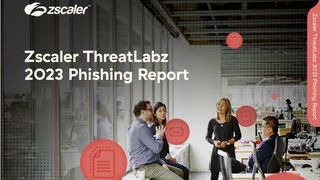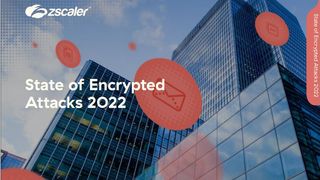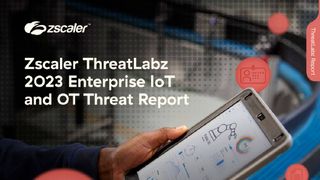Google, Microsoft, Twitter and Facebook make it easier to transfer your data between services
The Data Transfer Project aims to give people more control over who has their information

Microsoft, Google, Facebook and Twitter are working to make it easier for customers to transfer their data between services without needing to download it, change the format or re-upload it to the new service.
Called the Data Transfer Project, the scheme builds upon Google's Download Your Data service, which was developed as Takeout back in 2011. That service allowed users to transfer their information to their Dropbox, Box, Microsoft OneDrive, and Google Drive accounts, but the open source Data Transfer Project will take this one step further by letting any business support the service.
A major element of the Data Transfer Project is converting proprietary APIs to and from a standardised data format that means it can work across any supported services. It will also work with existing standardised technologies such as the token-based authentication standard OAuth.
"Consumers will benefit from improved flexibility and control over their data," Brian Willard, Google software engineer, and Greg Fair, a product manager at Google, said in a blog post. "They will be able to import their information into any participating service that offers compelling features - even brand new ones that could rely on powerful, cloud-based infrastructure rather than the consumers' potentially limited bandwidth and capability to transfer files."
General Data Protection Regulation (GDPR) What is open source? GDPR compliance checklist: Is your organisation GDPR-ready?
It will also make services more competitive, the vendors claim, because they will need to compete on service provisions and customer service levels rather than just data compatibility.
Being able to transfer customers' data to other services is a key legal requirement under the EU's General Data Protection Regulation (GDPR), but the Data Transfer Project would offer a similar capability to non-EU citizens.
Any firms who want to get involved in the scheme must agree for data to move both to and from thei service, and each account must be authenticated independently. Data is encrypted using a form of perfect forward secrecy, which generates a new unique key for each transfer.
Get the ITPro. daily newsletter
Receive our latest news, industry updates, featured resources and more. Sign up today to receive our FREE report on AI cyber crime & security - newly updated for 2024.
As an open source project, the framework will be available for anyone to view and check the code if they wish. Companies and developers will also be able to run the framework themselves if they wish, contributing to the project itself.

Clare is the founder of Blue Cactus Digital, a digital marketing company that helps ethical and sustainability-focused businesses grow their customer base.
Prior to becoming a marketer, Clare was a journalist, working at a range of mobile device-focused outlets including Know Your Mobile before moving into freelance life.
As a freelance writer, she drew on her expertise in mobility to write features and guides for ITPro, as well as regularly writing news stories on a wide range of topics.




